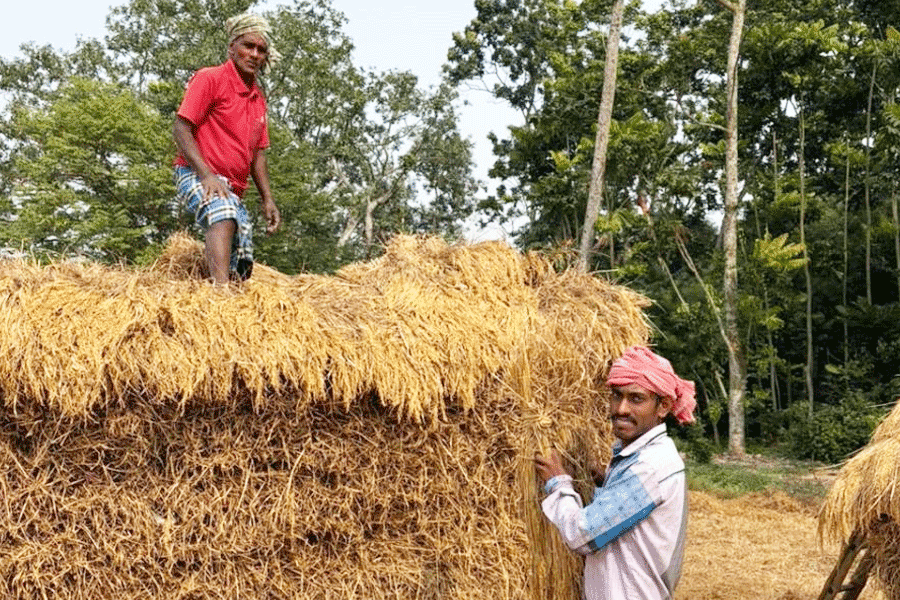A proposal to merge the tiger habitats of the South 24-Parganas forest division with the Sundarban Tiger Reserve (STR) was approved at a meeting of the National Board for Wildlife on Tuesday, said sources in the Union ministry of environment, forests and climate change.
“An in-principle decision has been taken. The minutes of the meeting are yet to be formalised,” said one of them.
A formal announcement will take place after the minutes are prepared.
Following the merger, the Sundarbans will become the second-largest tiger reserve among 58 such sanctuaries in India.
The expansion aims to consolidate the world’s only mangrove tiger habitat under a unified administrative structure, making conservation management more efficient, said retired and serving forest officials.
Changes
The Sundarbans is spread across 10,000sqkm, a little above 4,000sqkm of which is in India. The rest is in Bangladesh. The Indian Sundarbans is split between the STR and the South 24-Parganas forest division.
The STR, one of the first nine tiger reserves that came into being following the launch of Project Tiger in 1973, now covers more than 2,500sqkm. It is made of the Sundarbans National Park (East and West) — marked as the core area — and the Sajnekhali Wildlife Sanctuary and the Basirhat Range, which form the buffer zones.
The tiger habitat in the South 24-Parganas division includes the Matla, Raidighi and Ramganga ranges, measuring around 1,100sqkm.
The three other ranges — Diamond Harbour, Namkhana and Kultali — do not have tigers, said forest officials.
“Post-merger, the buffer zone of the STR will include Matla, Raidighi and Ramganga The STR will now cover an area of over 3,600sqkm. More importantly, the entire tiger landscape of south Bengal will come under a unified administrative supervision,” a forest official in Bengal said.
The last quadrennial national tiger census had its report published in 2023. The report estimated 101 tigers in the Sundarbans.
Benefits
The proposal had been in the works for at least a decade.
Following the approval from the state forest department and the state wildlife board, it was sent to the National Tiger Conservation Authority (NTCA).
The NTCA — a statutory body under the ministry of environment, forests and climate change, which takes technical decisions regarding tiger conservation — cleared the proposal a couple of years ago.
Soumitra Dasgupta, former head of the forest force in Bengal who had been pushing for the merger, welcomed the decision.
“Tiger reserves are accorded special protection provisions under the Indian Wildlife Act. Tiger management and conservation in South 24-Parganas will become more powerful now. The core area will be sacrosanct. There will be minimum human interference even in the buffer areas,” said Dasgupta, who was the field director of STR in 2014, when the proposal was first mooted.
Sources in the forest department said fishing would still be allowed in the buffer areas but with stricter curbs.
“The fishermen venturing into the forests of South 24-Parganas got away with flouting some protocols. Now, there will be stricter monitoring,” said a source.
An official at the state wildlife headquarters said the merger would also help in getting more funds.
“Tiger reserves get money from multiple sources. Now, that money can be allocated for the buffer area. The joint forest management committees (JFMC), which have been instrumental in mitigating man-wild conflicts in the mangrove delta, will also get more funds,” said the official.
Joydip Kundu, environmental activist and a member of the state wildlife board, said: “It will also increase the responsibility of the department and the local people.”










